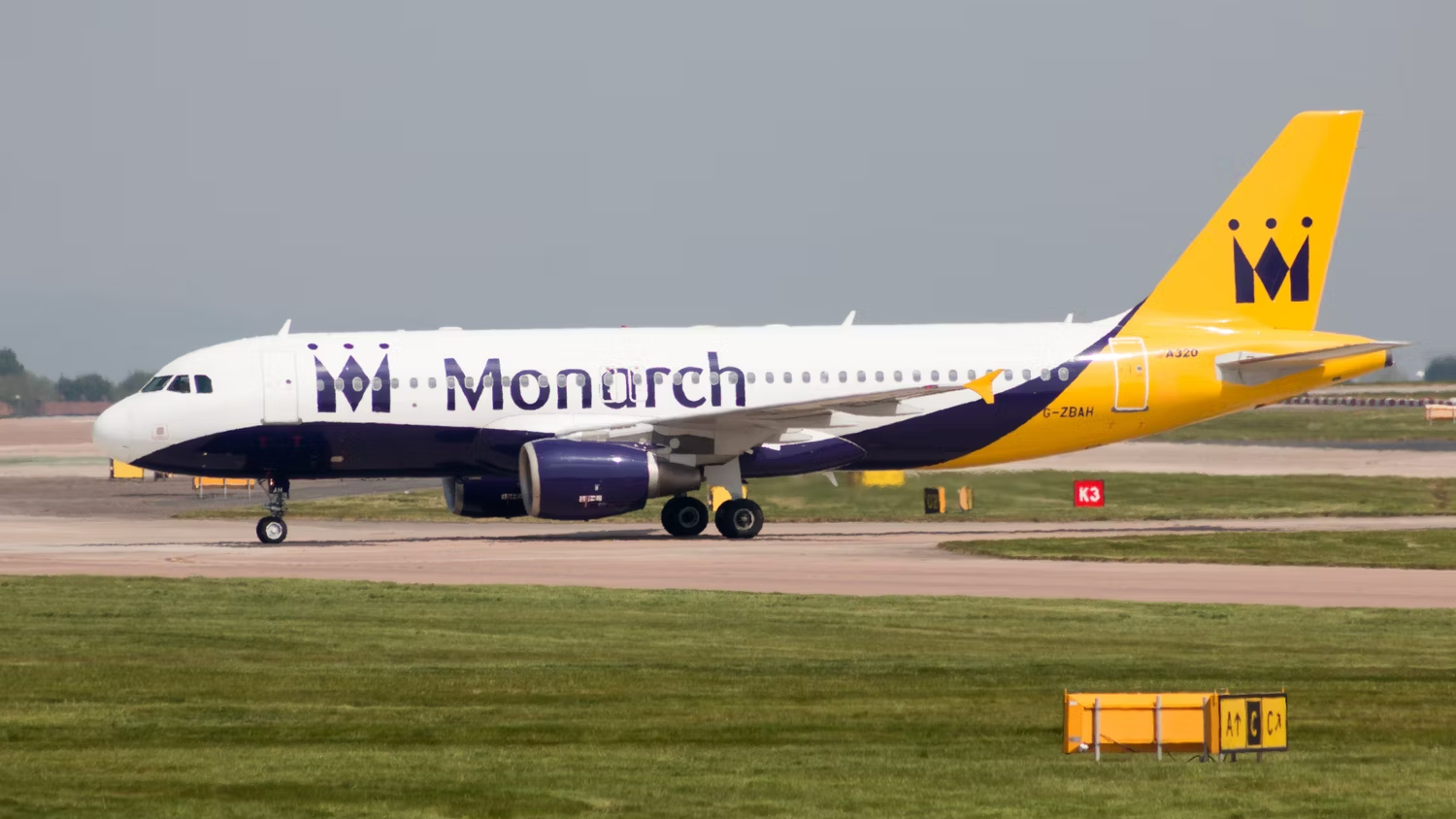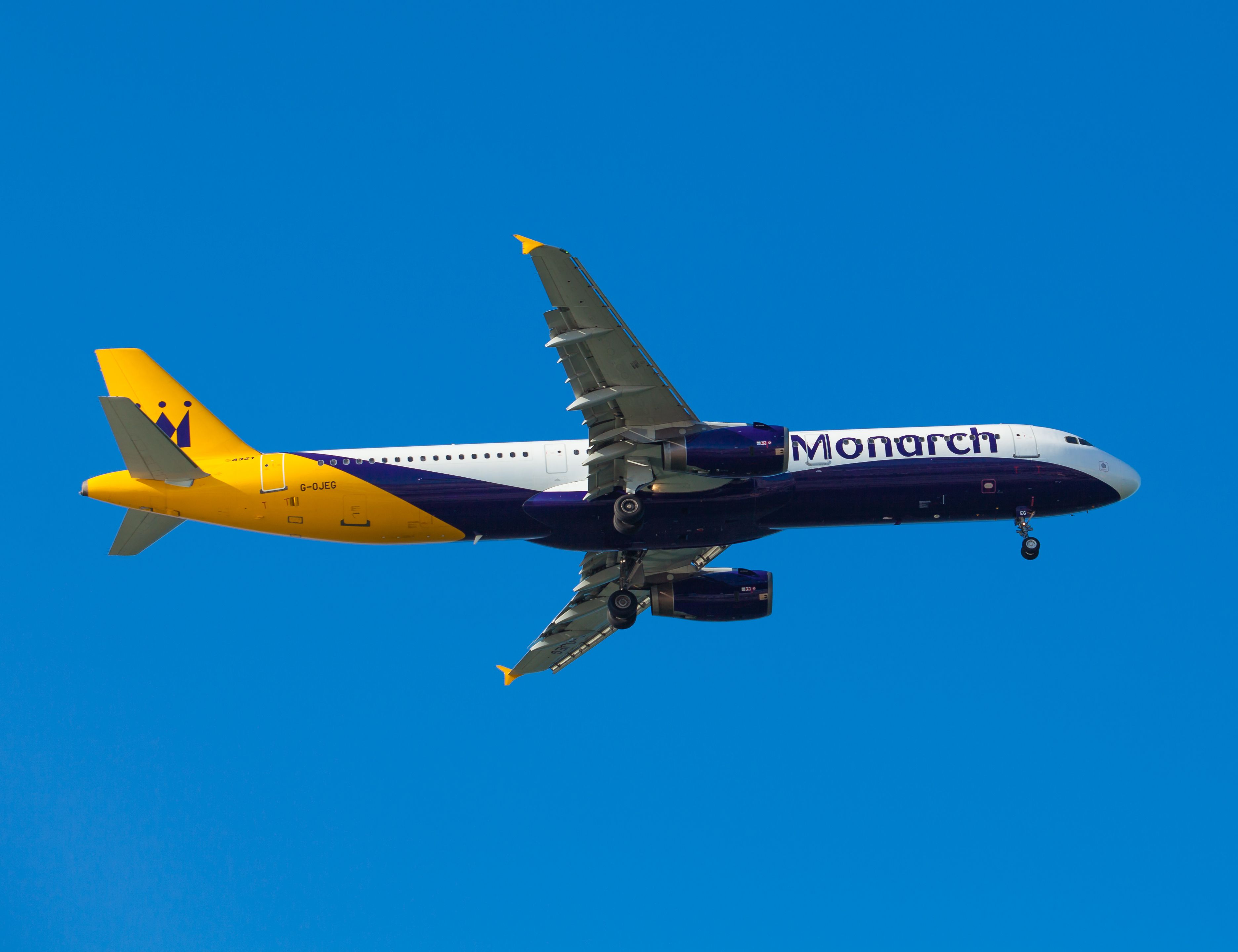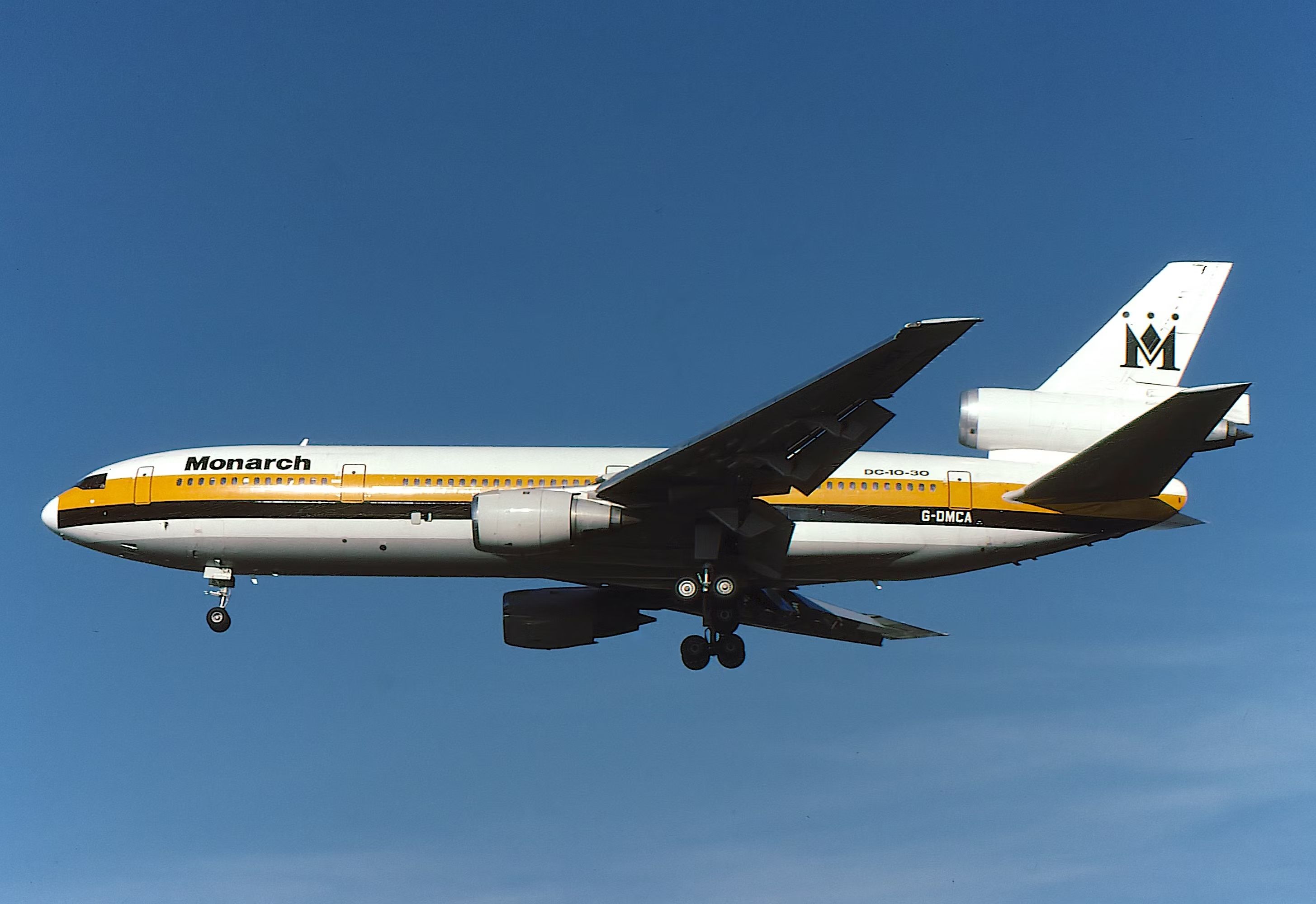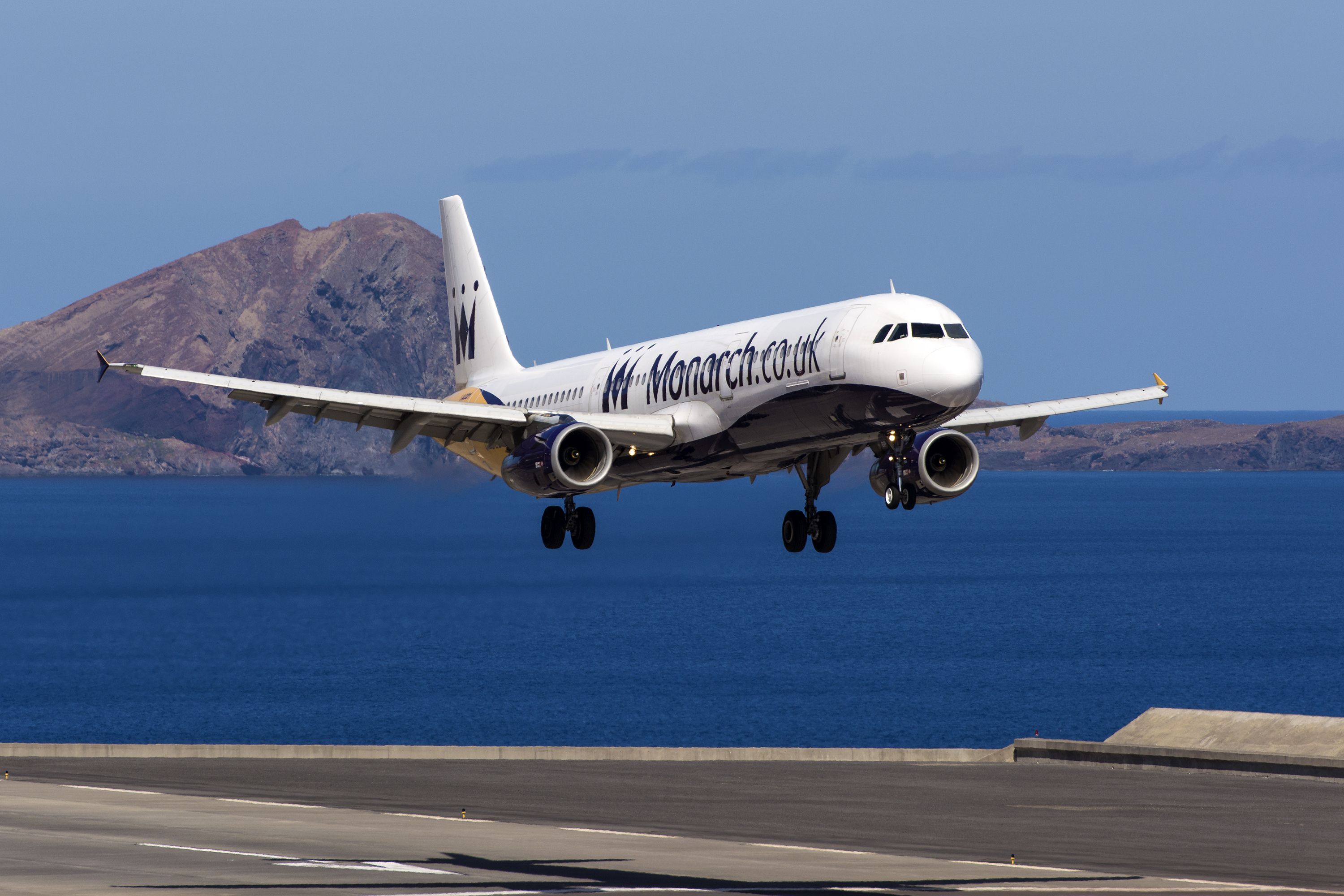In the past few days, rumors have emerged that British leisure carrier Monarch Airlines, which collapsed in 2017, might be on the brink of a return to passenger service. Being nearly six years since the airline ceased operations, many had left the carrier for dead long ago.
At its peak, Monarch served 43 destinations across Europe and the Middle East with a fleet of 35 aircraft, maintaining operating hubs at London-Gatwick (LGW) and London-Luton (LTN). In this article, we'll explore the carrier's complex history and what happened in the wake of the airline's notorious 2017 collapse.
Humble beginnings
On 5 June 1967, Bill Hodgson and Don Peacock, both directors at the now-defunct British Eagle International Airlines, founded Monarch Airlines. The airline was launched with a unique business model for airlines of the time: to bring British vacationers to their favorite warm hotspots and weekend getaway destinations. In an era where air travel was a luxury reserved for the upper classes, the airline pioneered leisure air travel for the masses.
The airline's first aircraft were Bristol Britannia turboprops, based out of just one hangar at Luton Airport. By 1969, however, the carrier had expanded rapidly, carrying over 250,000 passengers. Initially, the airline also conducted charter operations in addition to scheduled services.
The 1970s and 80s
In the 1970s, Monarch acquired its first jets, purchasing three Boeing 720s. During this decade, demand for leisure travel expanded rapidly, causing the carrier to grow even further and amass an all-jet fleet by 1976.
In the 1980s, the carrier's fleet expanded even further, acquiring new Boeing 737s. Afterwards, the airline became one of the first customers of the Boeing 757, taking delivery of its first units in 1983. In May 1988, the airline became an early adopter of ETOPS regulations, connecting Luton with Orlando International Airport (MCO) with a Boeing 757-200.
Get the latest aviation news straight to your inbox: Sign up for our newsletters today.
The turn of the millennium
In the 1990s, Monarch began to introduce widebody aircraft, with the first Airbus A300s joining the fleet. During this period, budget airlines began forming across Europe and the UK, decreasing the airline's competitive advantage.
By the time the 2000s rolled around, the carrier had begun to expand its operations at Gatwick, launching routes to even more destinations in Southern European nations like Spain and Portugal. In August 2006, the carrier made a notable order for six Boeing 787 Dreamliners but later canceled the order, choosing to refocus on its traditional short and medium-haul markets.
The Monarch's decline
In the early years of the 2010s, Monarch began to face financial difficulties, reporting its first operating losses in 2011. The UK government provided the airline with an economic relief package; however, the carrier continued to decline financially.
By 2014, the carrier had begun to downsize its operations and route network in an attempt to cut costs, and by 2016, rumors surrounding the airline's imminent bankruptcy began to surface. On 1 October 2017, Monarch Airlines completely seized operations, becoming the largest airline collapse in UK history until Thomas Cook went out of business in 2019.
With new leadership, it appears Monarch could have a second life. Surely, it will be fascinating to watch what could unfold with this cherished leisure carrier.




